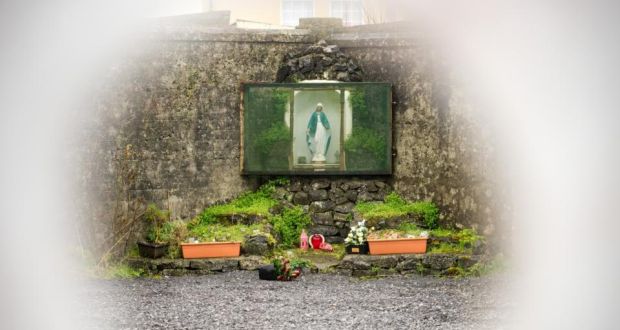TUAM Mother-and-baby Home Remains ‘can Be Identified’
By Kevin O'Sullivan
Hundreds of babies buried in a mass grave in a former religious-run mother and babies’ home in Tuam, Co Galway can be identified because of major advances in DNA testing, a team of scientists have declared. The University College Dublin-Trinity College team have challenged the findings of an expert group set up by Minister for Children Katherine Zappone, which cast doubts on hopes that DNA testing could identify remains. The expert technical group (ETG) highlighted difficulties with the exhumation and identification of the remains held in an underground chamber and an adjoining, disused septic tank, because remains are “commingled”. However, the UCD-TCD team, who are all experts in genomics, argued that the analysis “is viewed through the prism of a technology that is at least 20 years old”, traditionally used to build DNA banks for use in criminal cases. New techniques, including those used to identify the remains of the Easter 1916 rebel Thomas Kent in 2015, have “dramatically changed the genetics landscape” and would address many of the concerns outlined by the ETG report. Juvenile human remains In March 2017, the Mother and Baby Homes Commission of Investigation confirmed the discovery of juvenile human remains in “significant quantities” in the chambers at the former home run by Bon Secours nuns. The commission was set up in 2015 after historian Catherine Corless published research that revealed death certificates for 796 children at the Tuam home from 1925 to 1961 with no indication of where they had been buried. The submission to Galway County Council is written by four leading genomics experts, Prof David MacHugh, Dr Jens Carlsson and Dr Stephen Donoghue from UCD and Trinity’s Professor Dan Bradley. Disagreeing with the “pessimistic and guarded tone” adopted in the ETG report, the UCD/Trinity group said a small sample taken from the petrous part of the base of the skull would yield good-quality DNA .
|
.
Any original material on these pages is copyright © BishopAccountability.org 2004. Reproduce freely with attribution.
